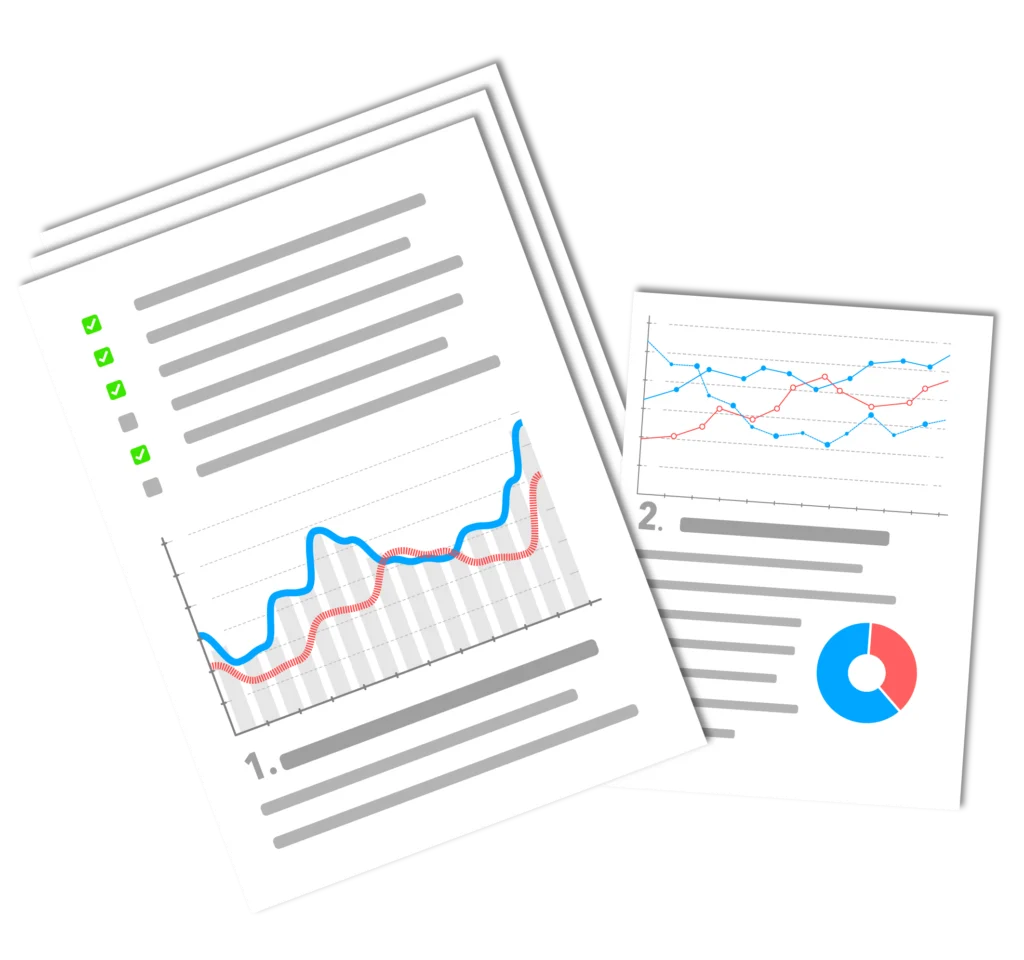Well, Google never stands still. Even if the Google Dances no longer exist, there is always movement in the SERP and in all applications related to search. Sometimes, however, there is a major update, such as in the last quarter of 2018.
6 indicators for an upcoming Google algorithm update
Unfortunately, no one knows exactly what will be updated, but if you look a little closer, you can narrow down the timing and say that something will happen. There are some indicators outside the SERPthat you can use.
1. google cache
The Google Cache shows things other than the snippet in the SERPs? Well, the cache doesn't always have to be updated so quickly, it also depends partly on the strength of the page itself. However, you know your site best and can say whether the cache is normally updated after 5 days or not. Maybe you can even find an example where the cache is more up-to-date than the SERP is?
2. data centers are very unsynchronized or even down
There is always a small flux in the synchronization of the data centers. However, it can currently be observed that some data centers are not accessible at all. A high level of asynchrony of the individual data centers suggests that computing power is being diverted to create something (a new Index?) to be recalculated. You can easily determine this by directly addressing data centers during site queries or by regularly checking the data centers in general.
3. links and statistics in webmaster tools are not updated
Updating the individual statistics in the Google Webmaster tools(e.g. the output of external links) usually follows a more or less periodic time interval. If you have not posted any updates in the Webmaster tools you can assume that computing capacity is needed for other things.
4. other Google services are down or poorly accessible
Google services such as Adsense or others are difficult to access? Another indication that Google needs computing power elsewhere. Adsense is usually the first to be affected, I don't use Adwords too often at the moment, but I could imagine that there is a certain stability here just for the sake of monetization.
5. indexing speed
Especially with blogs, pages are usually created quite quickly indexed. Depending on the strength and crawlability of a page, normal portals or pages can of course also be used. The example from point 1 can also be used here. You should leave the image search out of such considerations, as it does not follow a clear indexing rule anyway or has a longer update interval.
6. general inconsistencies in the SERP and high flux
You know the Everflux. Positions are never stable, otherwise our work would be for nothing. Nevertheless, there are some outbursts that are strongly reminiscent of times when the SERP were shaken hard every day. If Google flushes "crap" to the top, i.e. in your eyes pushes irrelevant stuff to the first page, then you can assume that it is massively tracking which results perform in which positions and how.
The following applies to each of these points: Effects as described above can always occur individually. And even if you recognize all of them at once, this does not mean that an update is imminent. You need to be familiar with your site and also know how Google usually treats your site. If you work on several pages, you can certainly draw conclusions.
My recommendation: If you notice that an update is imminent, don't freak out. There's nothing you can do anyway. I expect it to shake a bit (or maybe more) around March or April and we'll see one or two new Index(e) will see. What you can do: Set your measuring points, think about what you want to track and later analyze what happened to your rankings after the update. Then you will be well positioned for further measures.
You are welcome to comment on other clues, I'm sure I've forgotten one or two. And remember: not every update is a bad update.


